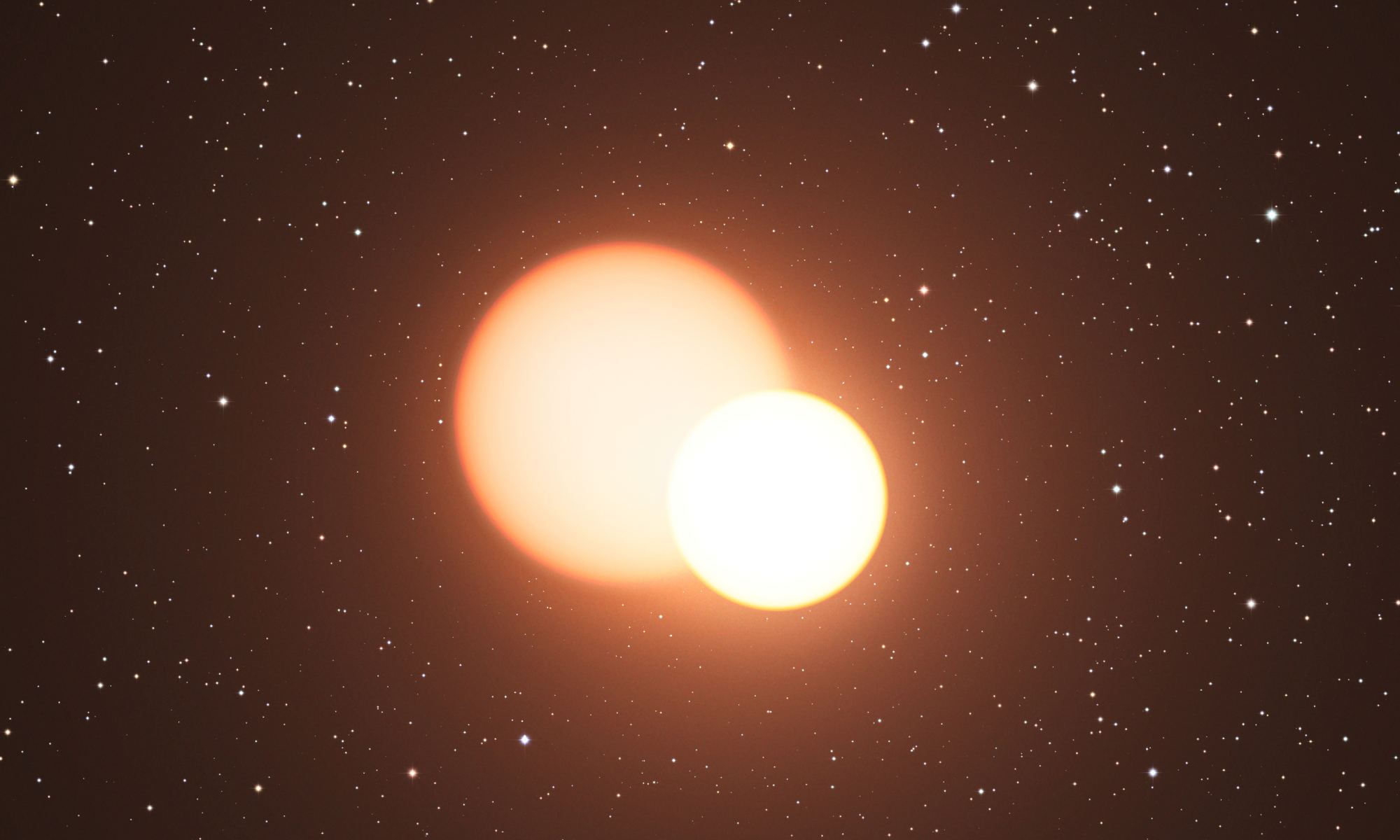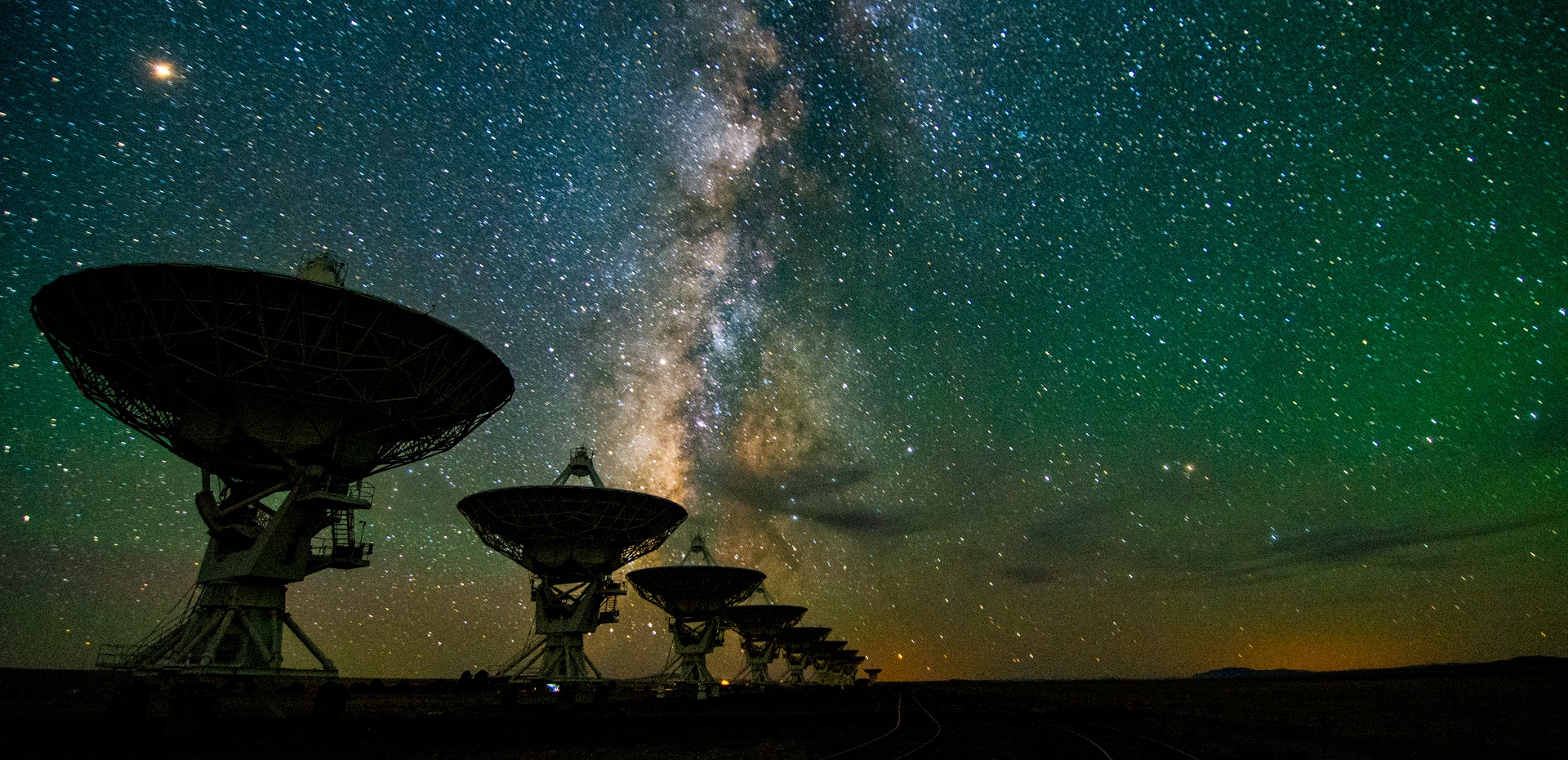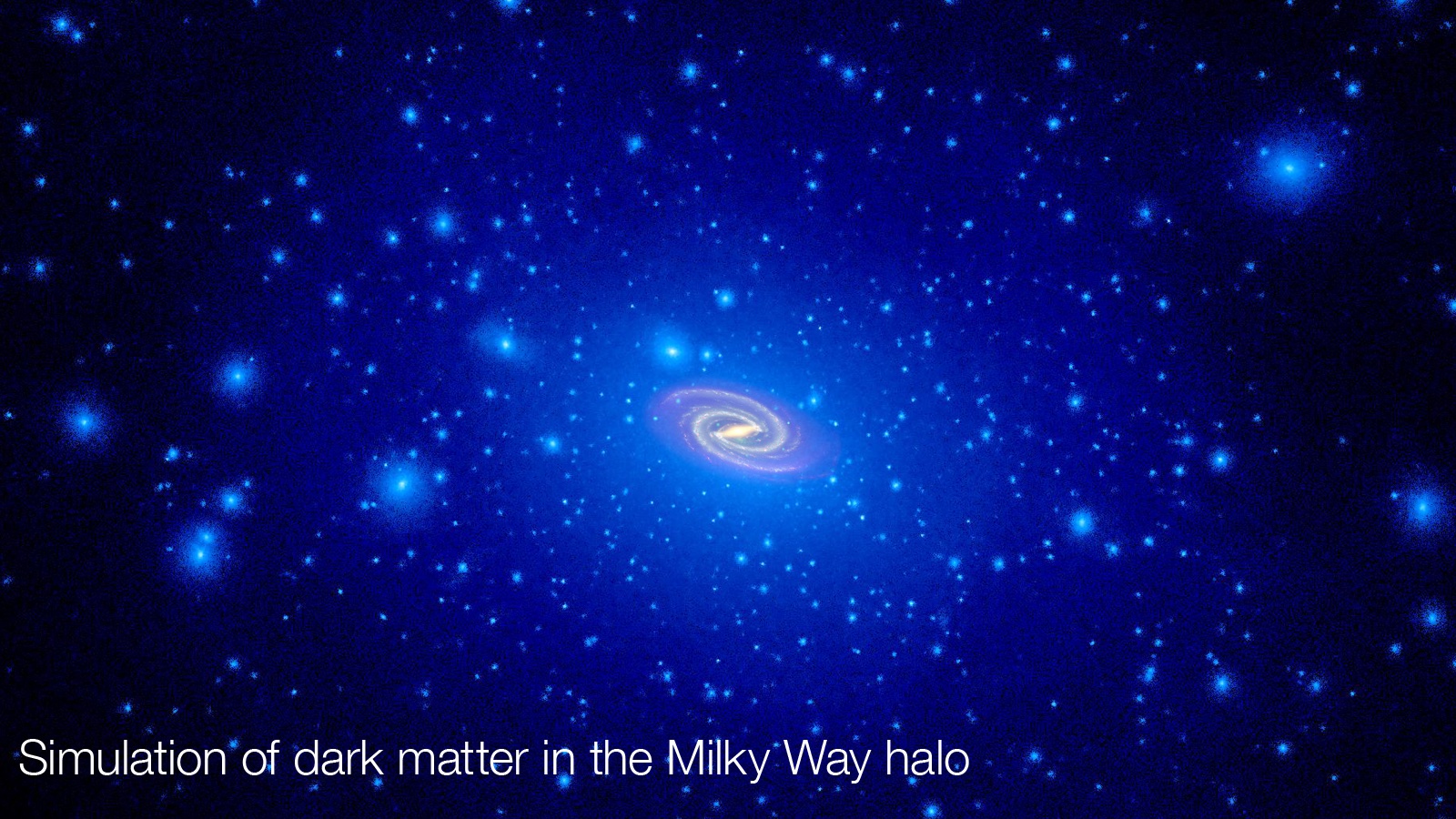What is it about galaxies and dark matter? Most, if not all galaxies are surrounded by halos of this mysterious, unknown, but ubiquitous material. And, it also played a role in galaxy formation. The nature of that role is something astronomers are still figuring out. Today, they’re searching the infant Universe, looking for the tiniest, brightest galaxies. That’s because they could help tell the tale of dark matter’s role in galactic creation.
Continue reading “Webb Can Directly Test One Theory for Dark Matter”“Seeing” the Dark Matter Web That Surrounds the Coma Cluster
According to our predominant cosmological models, Dark Matter makes up the majority of mass in the Universe (roughly 85%). While it is not detectable in visible light, its influence can be seen based on how it causes matter to form large-scale structures in our Universe. Based on ongoing observations, astronomers have determined that Dark Matter structures are filamentary, consisting of long, thin strands. For the first time, using the Subaru Telescope, a team of astronomers directly detected Dark Matter filaments in a massive galaxy cluster, providing new evidence to test theories about the evolution of the Universe.
Continue reading ““Seeing” the Dark Matter Web That Surrounds the Coma Cluster”Dark Matter Might Help Explain How Supermassive Black Holes Can Merge
Although the exact nature of dark matter continues to elude astronomers, we have gained some understanding of its general physical properties. We know how it clusters around galaxies, how it makes up much of the matter in the Universe, and even how it can interact with itself. Now a new study looks at just how fast dark matter can move.
Continue reading “Dark Matter Might Help Explain How Supermassive Black Holes Can Merge”There’s Less Dark Matter at the Core of the Milky Way

Science really does keep you on your toes. First there was matter and then there were galaxies. Then those galaxies had more stuff in the middle so stars further out were expected to move slowly, then there was dark matter as they actually seemed to move faster but now they seem to be moving slower in our Galaxy so perhaps there is less dark matter than we thought after all!
Continue reading “There’s Less Dark Matter at the Core of the Milky Way”Dark Matter Could Map the Universe's Early Magnetic Fields
We think of magnetic fields as a part of planets and stars. The Earth and Sun have relatively strong magnetic fields, as do more exotic objects such as neutron stars and the accretion disks of black holes. But magnetic field lines also run throughout galaxies, and even between the vast voids of intergalactic space. Magnetic fields are quite literally everywhere, and we aren’t entirely sure why. One idea is that faint magnetic fields formed during the earliest moments of the Universe. If that’s the case, we might be able to prove it through the distribution of dark matter.
Continue reading “Dark Matter Could Map the Universe's Early Magnetic Fields”Dark Matter Could Cause Jupiter’s Night Side to Glow
One of the aspects of our study of the universe that fascinates me is the hunt for dark matter. That elusive material that doesn’t interact with much makes it difficult but not impossible to detect. Gravitational lenses are one such phenomena that point to its existence indeed it allows us to estimate how much there is in galaxy clusters. A paper now suggests that observations of Jupiter by Cassini in 2000 suggest we may be able to detect it using planets too.
Continue reading “Dark Matter Could Cause Jupiter’s Night Side to Glow”Will Wide Binaries Be the End of MOND?
It’s a fact that many of us have churned out during public engagement events; that at least 50% of all stars are part of binary star systems. Some of them are simply stunning to look at, others present headaches with complex orbits in multiple star systems. Now it seems wide binary stars are starting to shake the foundations of physics as they question the very theory of gravity.
Continue reading “Will Wide Binaries Be the End of MOND?”There Aren’t Many Galaxies Like The Milky Way Nearby. Now We Know Why
The Milky Way is a barred spiral galaxy, maybe even a grand design spiral galaxy. We can’t be sure from our vantage point. But one thing is certain: there aren’t many disk galaxies like it in our part of the Universe called the supergalactic plane.
Continue reading “There Aren’t Many Galaxies Like The Milky Way Nearby. Now We Know Why”CERN Has Joined the Search for Dark Photons
In the search for dark matter particles, there are two main approaches. The first is to look for particles that happen to decay naturally as they pass by. This typically involves neutrino observatories such as IceCube where a dark matter particle particle colliding with a nuclei might trigger a faint burst of light. So far this has turned up nothing. The second approach is to slam particles together in a particle accelerator. This approach has also failed to find dark matter particles, but there have been enough interesting hints that CERN is having a go. Their latest run is looking for what are known as dark photons.
Continue reading “CERN Has Joined the Search for Dark Photons”A Dwarf Galaxy That's Almost All Dark Matter
Dark matter is a powerful cosmological model, but it isn’t without its problems. In addition to our inability to detect dark matter particles, one issue deals with the number of dwarf galaxies surrounding the Milky Way. According to the most popular models of dark matter, galaxies should be surrounded by clumps of dark matter within their dark matter halo. Since regular matter tends to gather around dark matter, that means the Milky Way should be surrounded by dwarf galaxies. While there are several known dwarf galaxies near the Milky Way, there are fewer than predicted by dark matter simulations. But perhaps there are many more dwarf galaxies we just haven’t noticed because they are made mostly of dark matter.
Continue reading “A Dwarf Galaxy That's Almost All Dark Matter”








